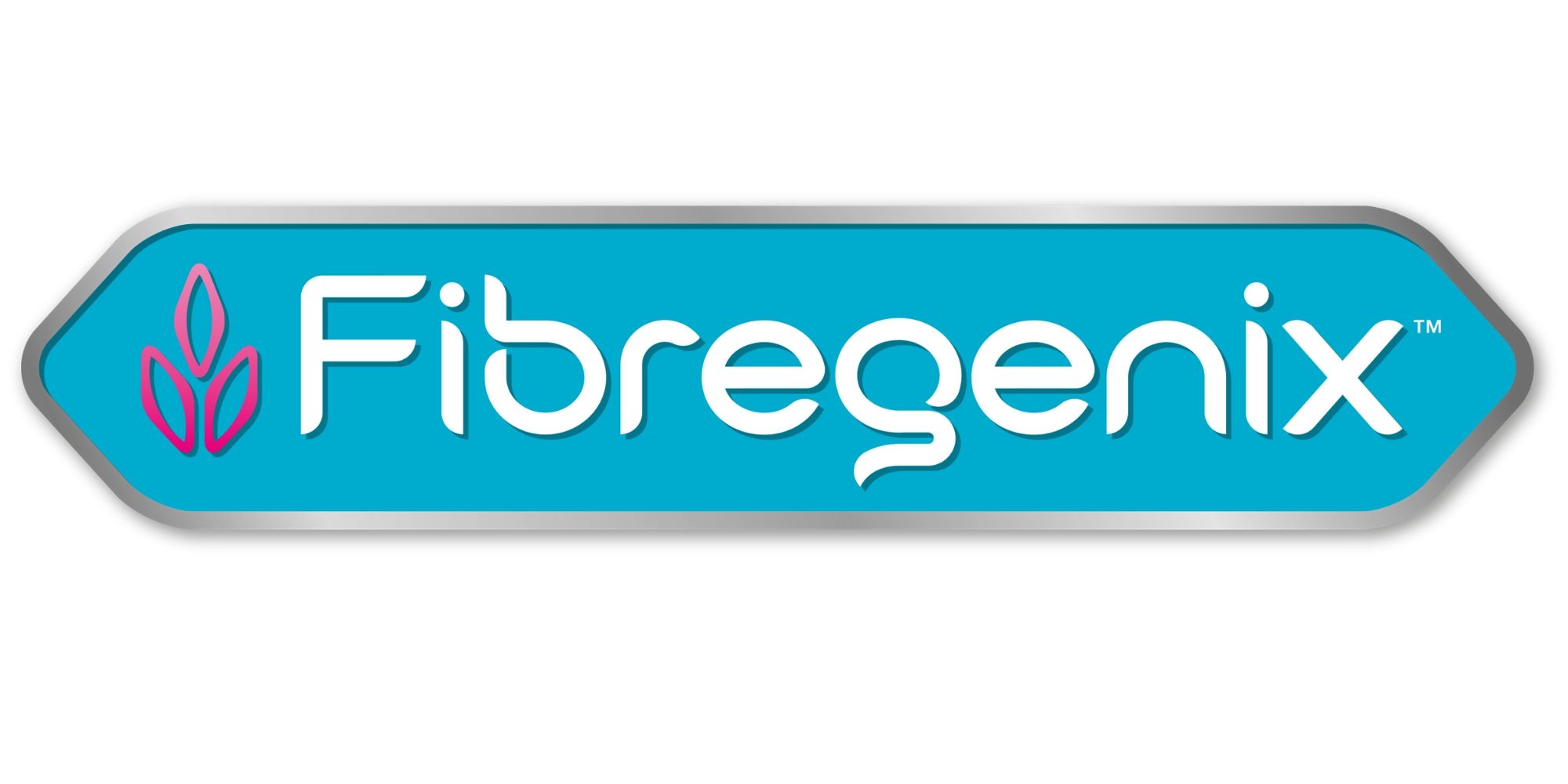Feeding laminitic horses or ponies
Feeding laminitic horses or ponies requires a low calorie, low sugar and low starch diet. Fibregenix Lami Low-Cal diet feed balancer meets those requirements and is 100% free from whole cereals and molasses. It’ll ensure a laminitic prone horse or pony gets his daily levels of vitamins, minerals and nutrients.
Feeding laminitic horses and ponies to alleviate gut toxicity
Dietary-laminitis appears to be intrinsically linked to rapid fermentation of soluble carbohydrates in the horse’s caecum and colon. This results in a corresponding increase in lactic acid production causing a low faecal PH known as hindgut acidosis. Accumulation of acids, especially lactic acid, overpowers the hindgut buffering capacity, resulting in lower caecal pH. Additionally, the measurement of pH within faecal material can act as an indicator of acidity in the caecum and colon. Studies have suggested that faecal pH is correlated to caecal pH. Low caecal pH has been cited as the cause of typical CHO-induced laminitis.
Fibregenix Low-Cal contains Actisaf live yeast probiotic. Research and numerous trials have shown that Actisaf helps prevent hind gut acidosis by limiting lactic acid production. Therefore, by reducing the lactic acid content of the gut, Actisaf maintains large intestinal pH within optimal range.
Insulin Sensitivity
Like in other species, overweight and increased fat mass plays a role in modifying insulin sensitivity in horses. It increases the risk of laminitis, hyperlipidaemia and osteochondrosis, Equine Metabolic Syndrome, PSSM and Horses with Cushing’s. Therefore, scientists have been interested in developing management strategies, including diet changes to counter insulin resistance. This is why feeding a FOS prebiotic alongside digestive enhancers is beneficial. Studies have shown feeding a short chain FOS prebiotic can help to modulate insulin sensitivity of obese horses. Lami Low-Cal contains Profeed’s FOS prebiotic. It enables good digestive health overall, and promotes a healthy environment for the beneficial gut bacteria.
Limit Starch and Sugar for Cushing’s Disease
Horses suffering with Cushing’s usually become overweight or underweight showing regional adiposity. This shows as fat deposits along the shoulders and tailhead, a cresty neck, etc. that results from insulin resistance. Reducing circulating insulin levels is key to managing the diet and the condition. Since the body releases insulin in response to elevated blood glucose levels, avoid high starch/sugar feeds. If your Cushing’s horse is overweight, avoid restricting his diet entirely. You can remove concentrates, but restricting hay is the worst thing you can do as hunger will cause stress. Furthermore, the elevated insulin levels prevent your horse from burning body fat, so you defeat your purpose. Alternatively, provide free-choice low NSC hay alongside Lami Low-Cal diet feed balancer. It has a starch/sugar combined feed value of just 8.8% and no added iron, making it safe for Cushing’s.
Hay Analysis
When feeding laminitic horses or those with Cushing’s, it’s good practice to have your hay analysed. This will enable you to know exactly what your horse’s starch/sugar intake is. Look for forage that has an NSC value of preferably less than 10%. Soaking for up to an hour will help remove some of the sugar – just remember to discard the water.
Underweight Cushing’s horses or ponies, however, often need more calories than hay can provide. So consider using a low-starch feed such as unmolassed beet pulp, together with Fibregenix Platinum Pro or Prime Original.
Pasture Access
Maintaining fibre for any laminitic prone horse or pony prone is vital but it must be controlled to limit sugar/calories. Ideally, the horse or pony should be kept off pasture during any high risk periods (Spring/Autumn). Instead, turn out into a bare paddock with sufficient soaked hay to reduce the soluble carbohydrate content and calories. You can then feed adequate amounts so that your horse/pony receives enough fibre to keep his gut working efficiently. Alternatively, use a grazing muzzle or employ strip grazing to reduce the amount of grass consumed. This method allows for continued daily turnout.
Take Home Message
Fibregenix Low-Cal’s formulation provides suitable nutritional support for a variety of metabolic conditions. Particularly with its inclusion of Actisaf live yeast probiotic and Profeed’s FOS prebiotic. However, it’s essential you follow veterinary advice in conjunction with a carefully monitored feed regime.
Need some diet advice? Call our nutrition consultant – Anita 0408 920707
Need a review of your horse or pony’s diet? – Diet Audit
Reviewed and updated Feb 2022

